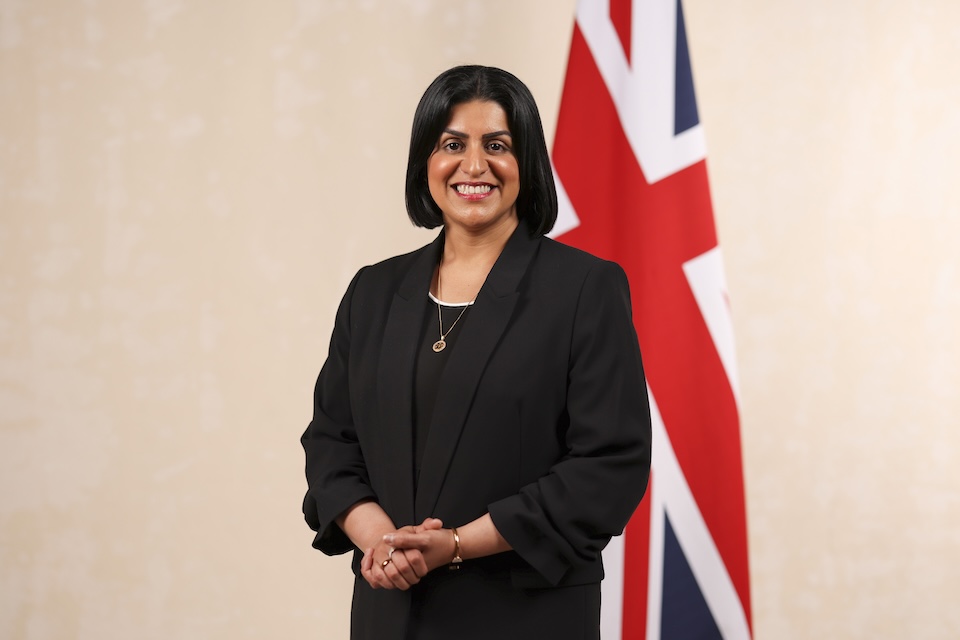Lord Chancellor鈥檚 opening remarks to the first meeting of the Women鈥檚 Justice Board
The Lord Chancellor opened the first meeting of the Women鈥檚 Justice Board with a clear mission statement to send fewer women to prison.

Welcome to you all 鈥� and thank you for coming.
It is an honour to open the first ever meeting of the Women鈥檚 Justice Board鈥�
And a privilege to have you all here today, bringing your expertise to this cause.
The problem we must solve is simple:
For most women, prison isn鈥檛 working.
We are sending too many women to prison.
We are sending the wrong women to prison.
And the harm this causes is passing down generations, hurting children as much as their mothers.
The mission for the Women鈥檚 Justice Board is therefore clear:
We must send fewer women to prison.
When considering the plight of women in prison, it is easy to focus on the damning statistics.
But it鈥檚 important that we start by remembering the women behind every number.
Let鈥檚 think of just one.
Elizabeth was raped at 16. She turned to drugs to escape her pain. She met a boyfriend, who was older and a drug dealer. He abused her 鈥� financially, emotionally, sexually. He forced her into his business, carrying drugs for him. One day, covered in bruises from his abuse, she was arrested. She wouldn鈥檛 speak, too scared of what her boyfriend would do. So the police pressed charges, and Elizabeth ended up in court. The sentence was prison, where she was surrounded by women in the depths of desperation. It was only through the work of Women in Prison, a trailblazing charity, that she escaped the vicious circle that she had found herself caught in.
This story raises profound questions about our justice system:
Was Elizabeth really an offender, or was she a victim?
Why was the system blind to the abuse that led Elizabeth to her jail cell?
And in whose interest was it that Elizabeth was locked away?
Now, there will always be dangerous women who must be imprisoned to protect the public. But they are the exception, not the rule. Two thirds of women sentenced to prison did not commit a violent crime鈥�
And, shockingly, we imprison women on minor charges to a far greater degree than men.
As Elizabeth鈥檚 story shows, for most women, the journey into crime is complex. It is a road paved with addiction, abuse 鈥� and male offending.
Two thirds of women in prison are victims of domestic abuse. Once inside, many women are drawn further into desperation.
The level of self-harm in female prisons is almost nine times what we see in the male estate.
Perhaps worst of all, imprisoning women tears families apart.
Three in every four children leave the family home when their mother goes to prison 鈥� and many end up in care. The damage is passing from generation to generation.
We must break this cycle. But to do so, we must change course. That change begins with this group, in this room, on this day.
We have the opportunity to make generational reform:
We can reduce the number of women in prison鈥�
We can pursue the alternatives to custody that could put women, and their children, on a different path鈥�
And we can tackle the root causes of female offending. 聽
I know many of you have committed your lives to making things better for women in the criminal justice system. 聽聽
Let me put on record just how grateful James and I are that you鈥檝e agreed to give up your time to be on the Board.
Our goal is simple, although our task is not:
Fewer women in prison.
Fewer women鈥檚 prisons.
Ending the harm that passes down generations鈥�
Breaking the cycle of crime鈥�
And making our communities safer.
So let鈥檚 get to work.